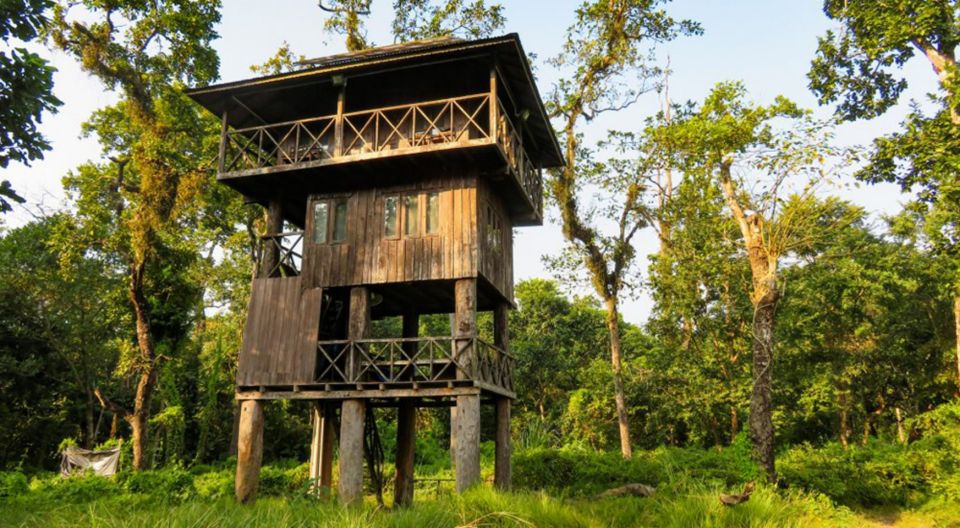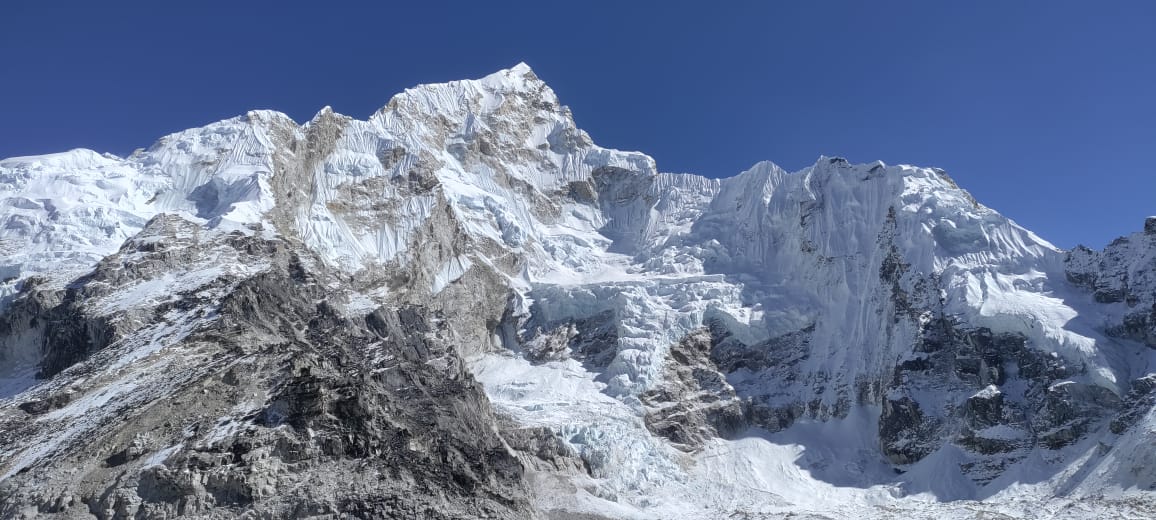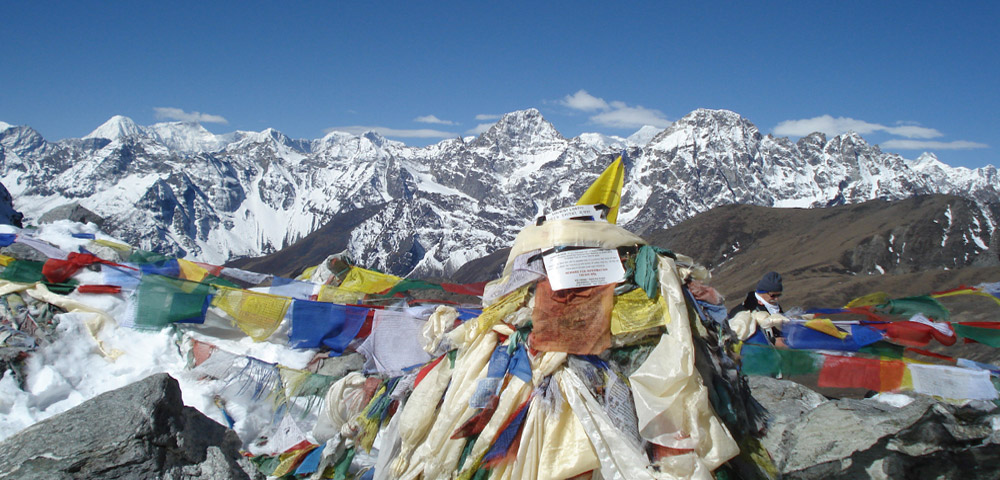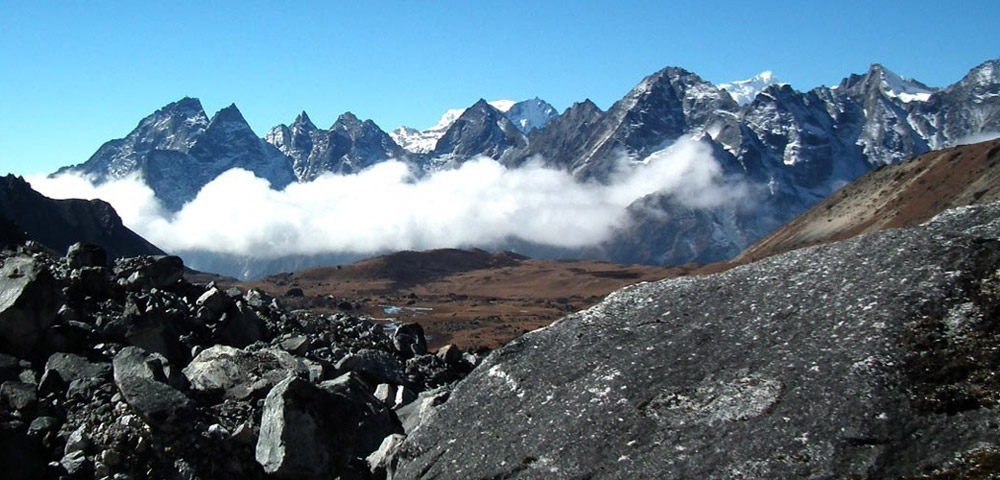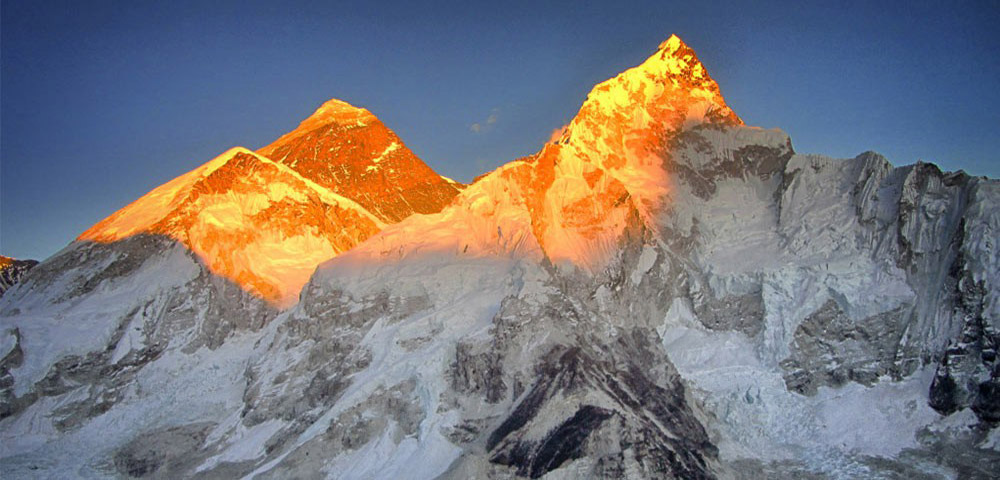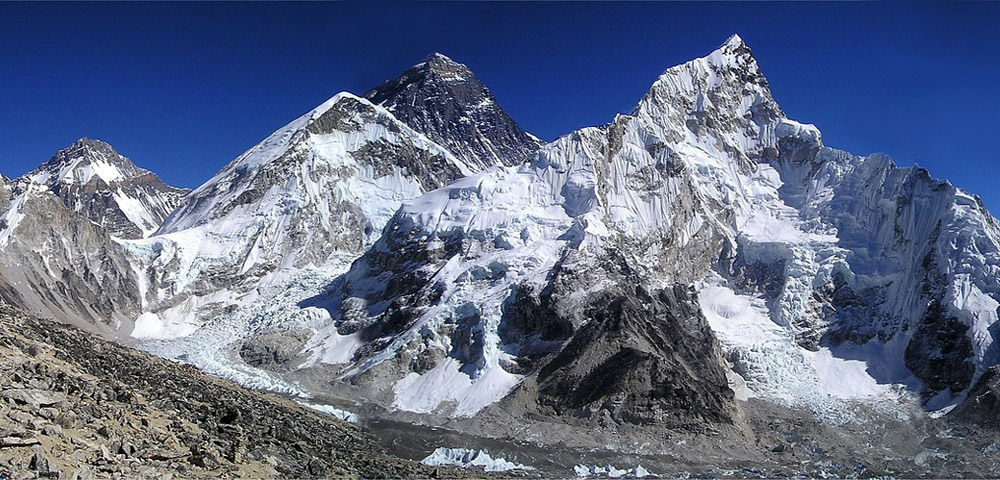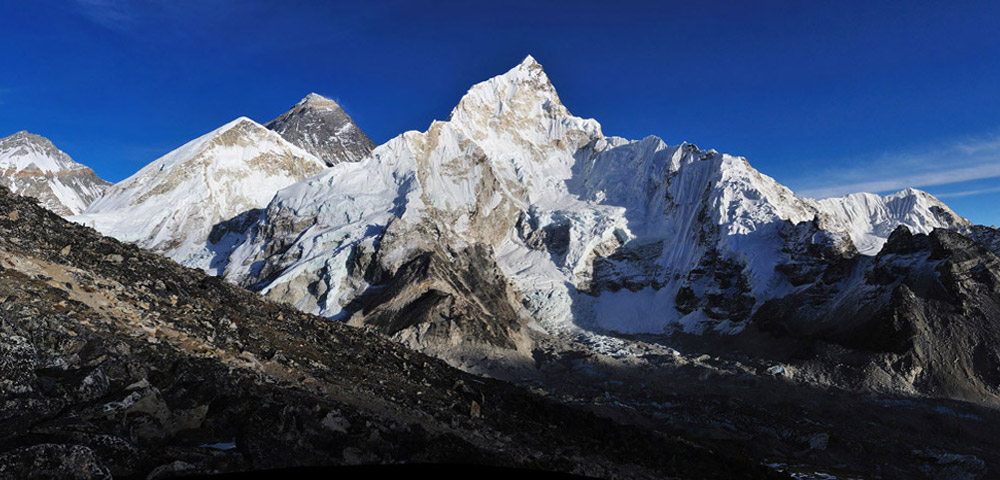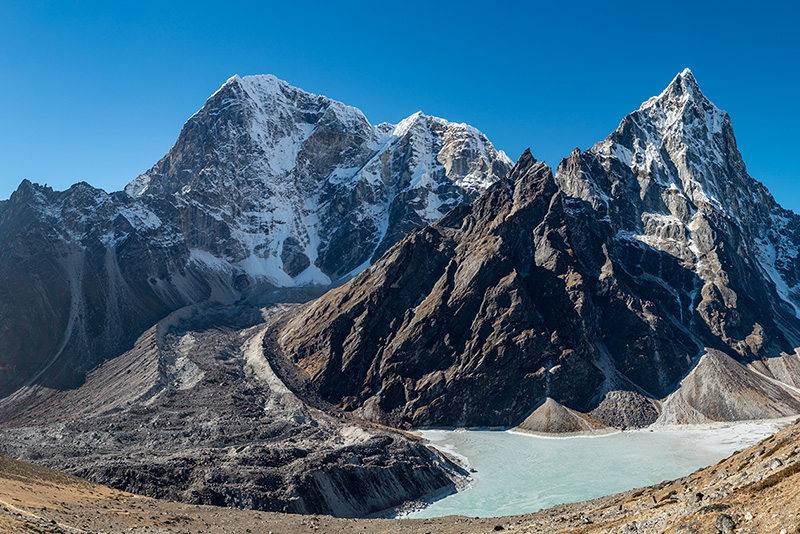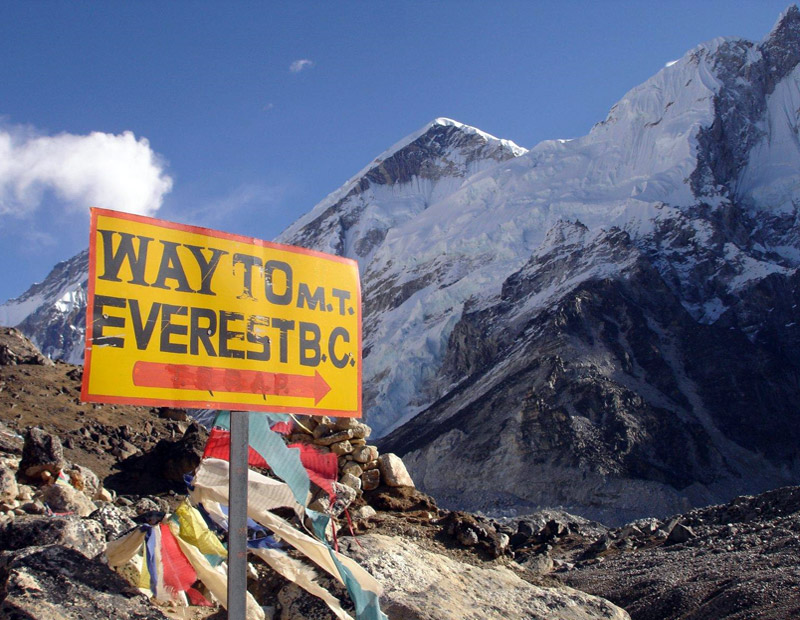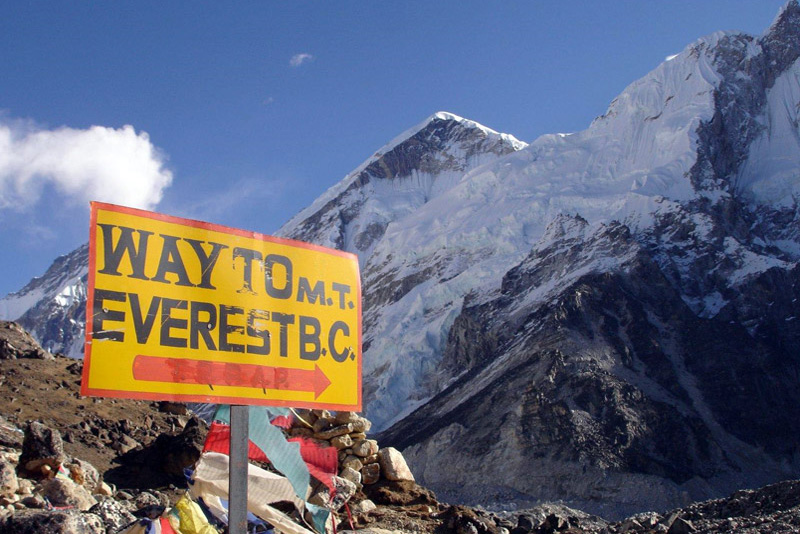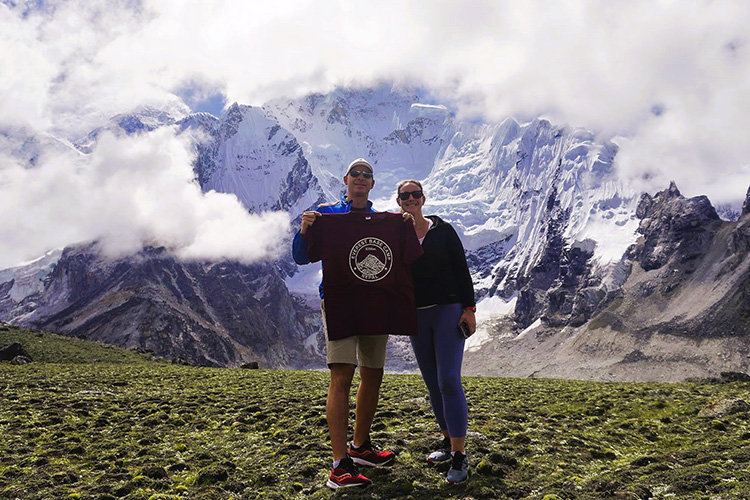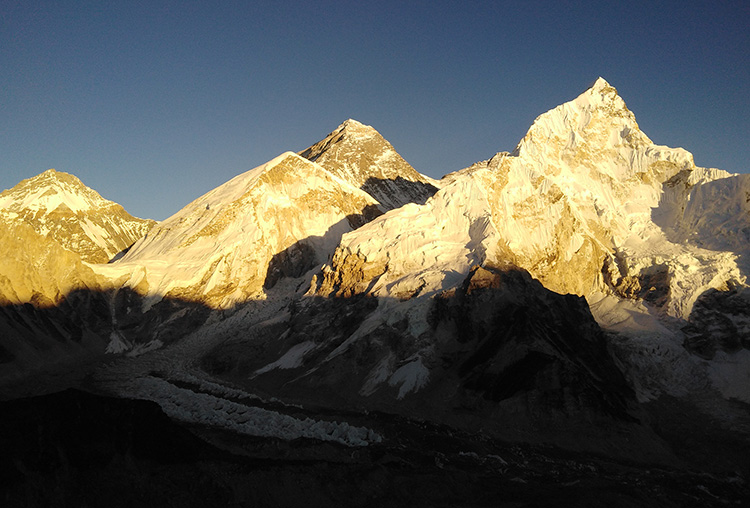Everest Base Camp Trek by Road
The Everest Base Camp Trip by Road package is perfect for those who want to complete the Everest Base Camp trek without flying to Lukla. The journey from Kathmandu to Everest Base Camp by road takes you through several picturesque towns, including Salleri, Phaplu, Takshindu, Kharikhola, Bupsa, and finally Thamdanda, which is the last point accessible by vehicle.
Traveling to Everest Base Camp by Jeep Drive not only makes your trip more comfortable but also helps you save some money. As you travel from Kathmandu to Thamdanda, you’ll experience diverse landscapes, cultures, and lifestyles. This road journey can also help your body acclimatize better to the altitude compared to a flight from Kathmandu to Lukla. In addition to breathtaking views of Mt. Everest, Mt. Cho Oyu, and other peaks in the Solukhumbu Region, the modern Everest Base Camp Trek without the Lukla Flight Itinerary offers even more stunning sights.
Your 16-day Everest Base Camp Trek by Road will kick off from Kathmandu, showcasing a variety of beautiful landscapes. The main trek begins at Thamdanda, where you’ll ascend to Surke through Paiya. From there, you’ll continue past Lukla and through Chheplung and Nurning on your way to Phakding. The route takes you through Monjo, Jorsale, and Larja Dobhan, leading to Namche Bazaar, the gateway to Everest. A hike from Namche to Tengboche will allow you to visit the oldest Tengboche Monastery. After that, you’ll reach Dingboche by passing through charming villages like Pangboche and Shomare, following the Imja Khola. Your journey from Dingboche to Gorakshep will take you through the towns of Dusa, Thokla, and Lobuche. Before heading down to Pheriche, you’ll ascend from Gorakshep to both Everest Base Camp and Kala Patthar. The route then descends from Pheriche to Namche, Chaurikharka, and finally back to Thamdanda. The Everest Base Camp Trek Excluding the Lukla Flight in Nepal concludes with a jeep ride from Thamdanda to Kathmandu.
Why do EBC Trek by Road?
Choosing the road trip to EBC over the conventional airplane to Lukla provides various benefits among the several options to get the Everest Base Camp. Below are some of them:
A safer option is to do the Everest journey by road since it avoids the erratic and sometimes dangerous flight to Lukla, with one of the smallest and most difficult runways worldwide. A few cases of hikers getting stranded on Ramechhap and Lukla resulting from up to three days of poor weather have surfaced.
As it passes through many towns including Khurkot, Phaplu, Nunthala, Bupsa, Puiya, Tham Danda, and several other villages before arriving at Phakding, the road trip to the beginning point of EBC trekking offers an opportunity to explore more of Nepal’s breathtaking scenery and rich cultural legacy.
Local Sherpas will be running lodges and teahouses alongside mountains including Everest (8848.86m/29031ft), Lhotse (8516m/27940ft), Nuptse (7861m/2549ft), Cho Oyu (8188m/26864ft), Thamserku (6608m/21680ft), Pumori (7161m/23484ft), Ama Dablam (6812m/22349ft), etc.
For those on a tight budget specifically, choosing a ground route to EBC can be a reasonably affordable one. One of the most expensive parts of the Everest Base Camp Trek is the trip to Lukla from Kathmandu/Ramechhap; however, avoiding a flight helps to reduce your expenses.
We have designed this 16-day Everest trip package by Jeep keeping the preferences of the trekker under control. Jeep Starting in Tham Danda following a 12-hour jeep trip from Kathmandu, this safe alternate ground route runs If you so like, you can start your journey from Puiya or Bupsa.
One further advantage of this trip is its reduced risk of altitude sickness as compared to the direct flight from Kathmandu to Lukla then the ascent to Everest Base Camp. This is so because, from 1,400m (Kathmandu), your ascent will be slow compared to straight stepping at an elevation of 2,846m (Lukla).
Everest Base Camp Trek by road vs flight
Both routes to Everest Base Camp offer distinct experiences, each with its own set of pros and cons. While flying is a faster way to reach the Everest region, many travelers opt for the ground route because it is generally more affordable and perceived as safer.
Flights to Lukla typically leave early in the morning from Kathmandu or Ramechhap, as this is when the weather is usually clearer, reducing the likelihood of delays. However, if conditions are unfavorable, trekkers may find themselves waiting several days for a flight to or from Lukla Airport. During peak trekking seasons, securing flight tickets can be quite challenging, so it’s advisable to book in advance. When you book a trek with us, we take care of arranging the Lukla flight tickets for you.
Traveling to Everest by road involves a jeep ride from Kathmandu. The jeep departs early in the morning and makes a long journey to Tham Danda. Although the road route takes a few extra days compared to flying, those additional hiking days allow you to experience local villages, rich culture, lush greenery, rivers, and stunning mountain views.
Moreover, taking the ground route enables a gradual increase in elevation, which helps with acclimatization for trekkers, as opposed to the sudden altitude change upon landing at Lukla airport, which can lead to altitude sickness.
The Best Times for the Everest Base Camp Trek by Road
The best times for the Everest Base Camp Trek by road are during the Spring (March, April, May) and Autumn (September, October, November) seasons.
Spring (March, April, May)
Spring is considered the ideal season for a trip to EBC without flying to Lukla. This time of year is renowned for being one of the best for trekking in Nepal. March, April, and May bring pleasant weather, characterized by stable conditions and clear blue skies, with minimal chances of unexpected rain. Daytime temperatures are perfect for trekking, although mornings and nights can be a bit chilly. The trails are generally dry and safe for trekkers aiming for the summit.
While trekking through Sagarmatha National Park on the ground route to EBC, you’ll have the chance to witness endangered flora and fauna, as flowers bloom and animals emerge from hibernation during this season.
Autumn (September, October, November)
Autumn is another excellent time for trekking to Everest Base Camp by road. This season typically experiences very few weather-related challenges, making it a great choice for the trek. Since we are taking the road route to Everest, it’s crucial to stay vigilant against landslides, avalanches, and other potential hazards. The skies are clear, revealing stunning snow-covered mountain views throughout the journey. Temperatures are well-balanced and ideal for hiking during this time.
Additionally, many significant festivals in Nepal occur during this season, showcasing a rich variety of cultures and traditions. When planning your trek, consider timing it to experience some of these vibrant celebrations. In summary, Autumn is generally a safe and joyful period for trekking to Everest Base Camp by road.
Itinerary
Day 1:Arrival to Kathmandu (1400m)
Day 2:Drive from Kathmandu (1400m) to Thamdanda (2326m) by Jeep
Day 3:Trek from Thamdanda (2326m) to Phakding (2640m)
Day 4:Trek from Phakding (2640m) to Namche Bazaar (3440m)
Day 5:Acclimatization Day in Namche Bazaar (3440m)
Day 6:Trek from Namche Bazaar (3440m) to Tengboche (3860m)
Day 7:Trek from Tengboche (3860m) to Dingboche (4410m)
Day 8:Acclimatization Day at Dingboche (4410m)
Day 9:Trek from Dingboche (4410m) to Lobuche (4910m)
Day 10:Trek from Lobuche (4910m) to Gorakshep (5140m) then Everest Base Camp (5364m)
Day 11:Trek from Gorakshep (5140m) to Kalapatthar (5555m) then back to Pheriche (4240m)
Day 12:Trek from Pheriche (4240m) to Namche Bazaar (3440m)
Day 13:Trek from Namche Bazaar (3440m) to Chaurikharka (2694m)
Day 14:Trek from Chaurikharka (2694m) to Thamdanda (2326m)
Day 15:Drive from Thamdanda (2326m) to Kathmandu (1400m)
Day 16:Final Departure
- All necessary ground transfers.
- All necessary accommodations as per the itinerary.
- Tea House accommodations during the trek.
- Daily breakfast, lunch and dinner during the trekking.
- All necessary paper works.
- All necessary trekking permits.
- Experienced and First Aid-trained trekking guide.
- Strong, helpful porters.
- Comprehensive medical supplies.
- Trekking map.
- Insurance of all local team.
- Warm clothing and trekking gear for staff.
- Sleeping bag and trip duffle bag.
- Trekking certificate issued by us.
- Welcome and farewell dinner in Kathmandu.
- Nepal Visa fee.
- International flights.
- All meals not mentioned in inclusions.
- Personal expenses not stipulated.
- Optional add-ons.
- Gratuities.
You might also like...
Top Add-on Trips
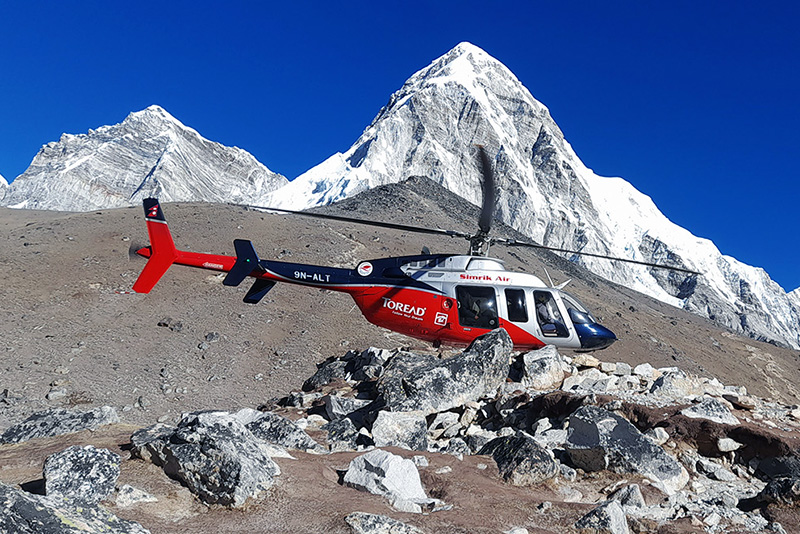
Everest Base Camp Helicopter Tour
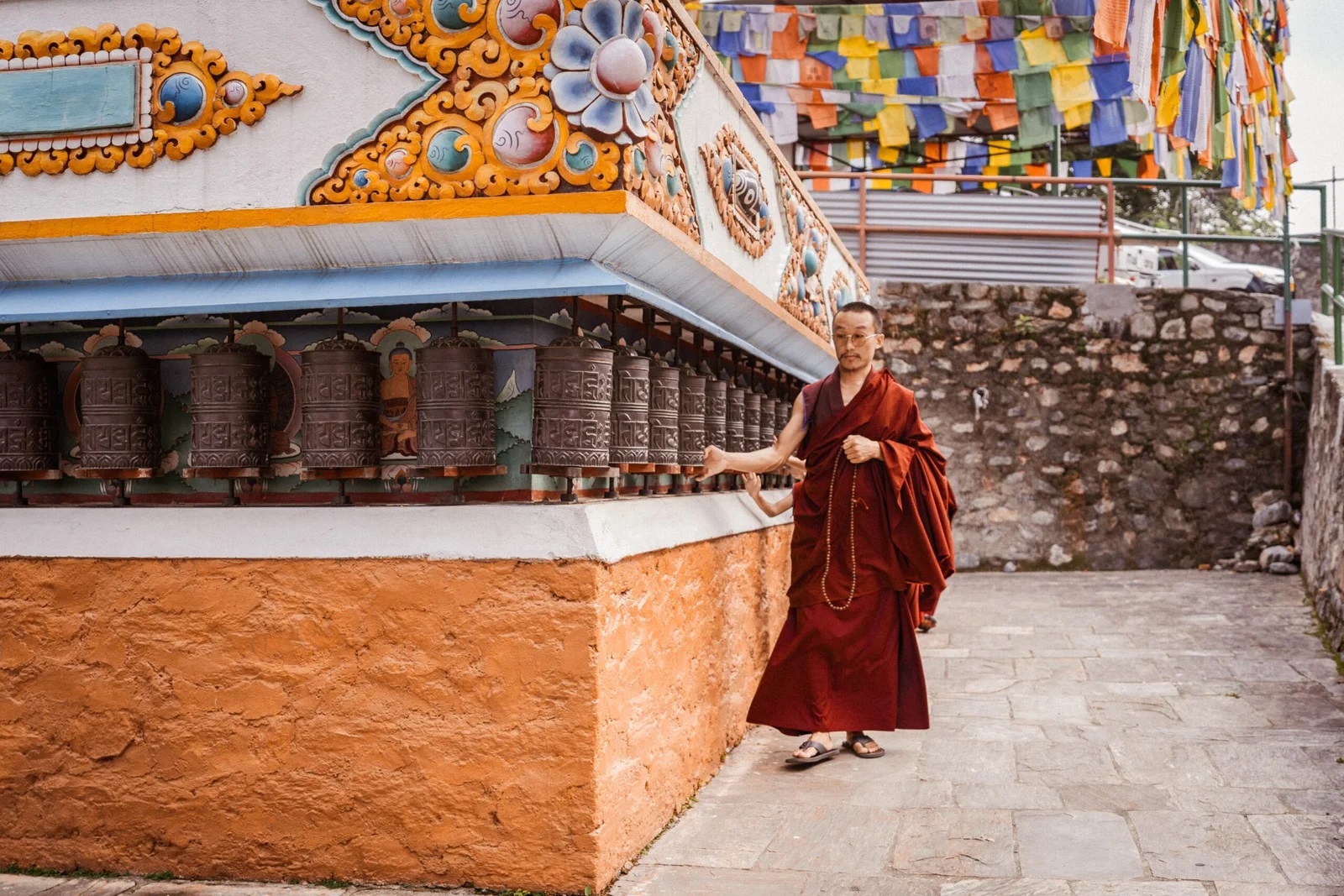
Monastery Stay Tour
